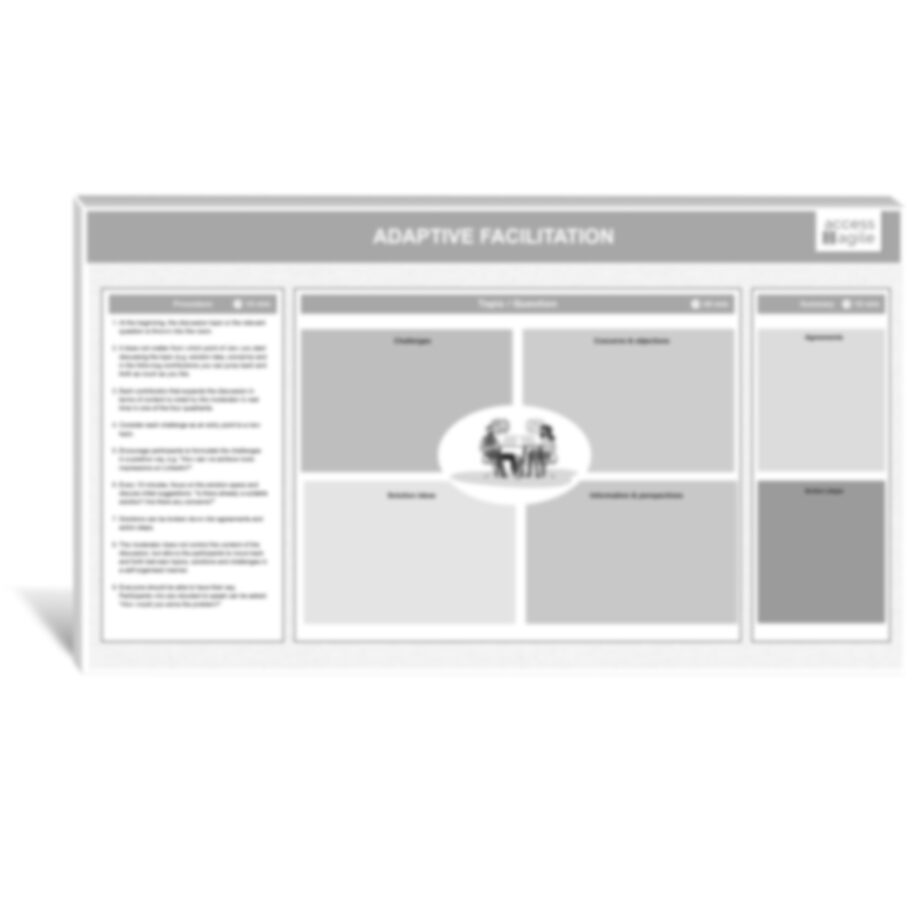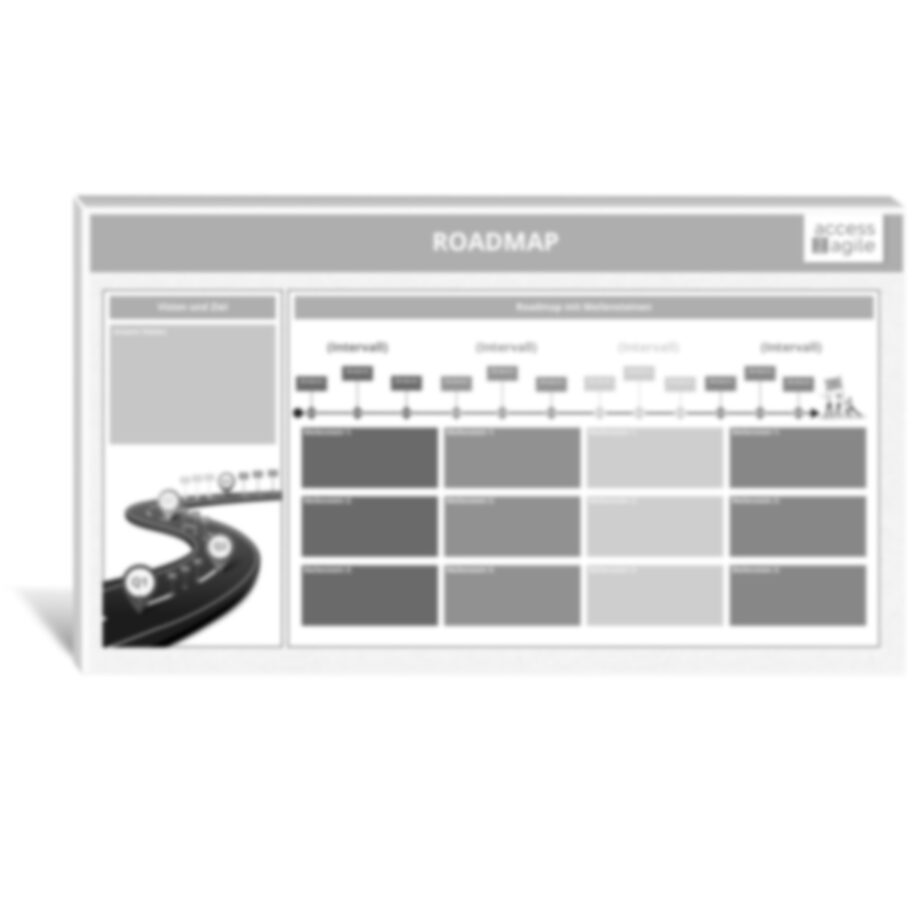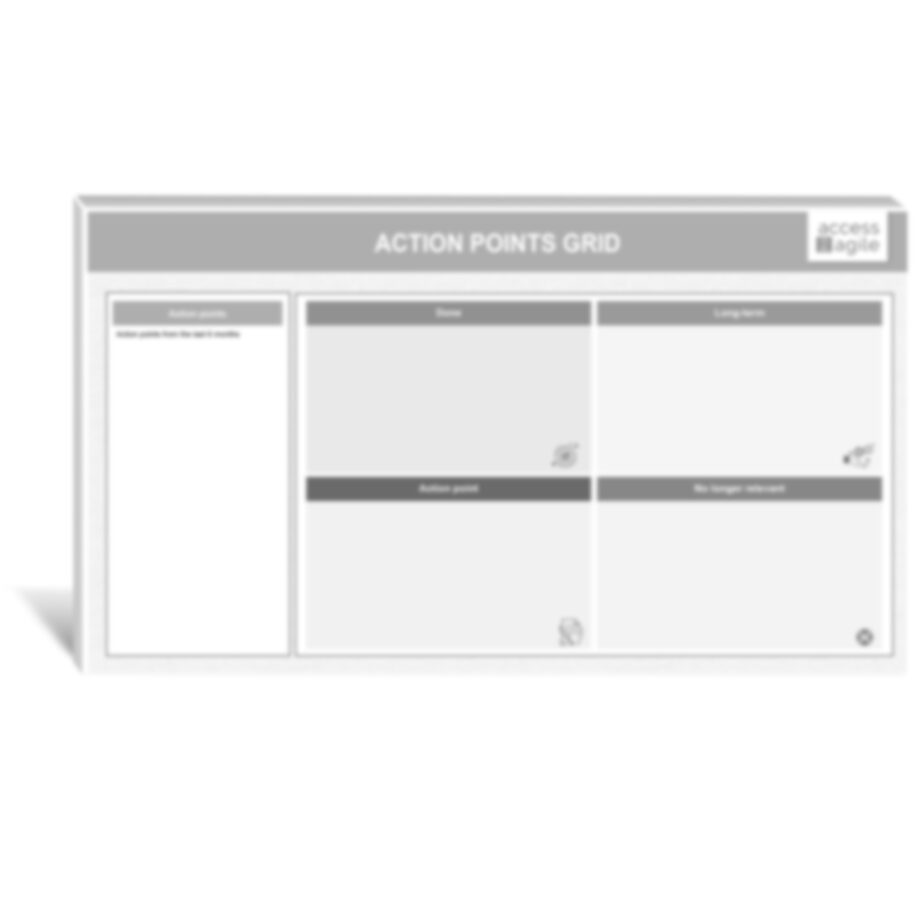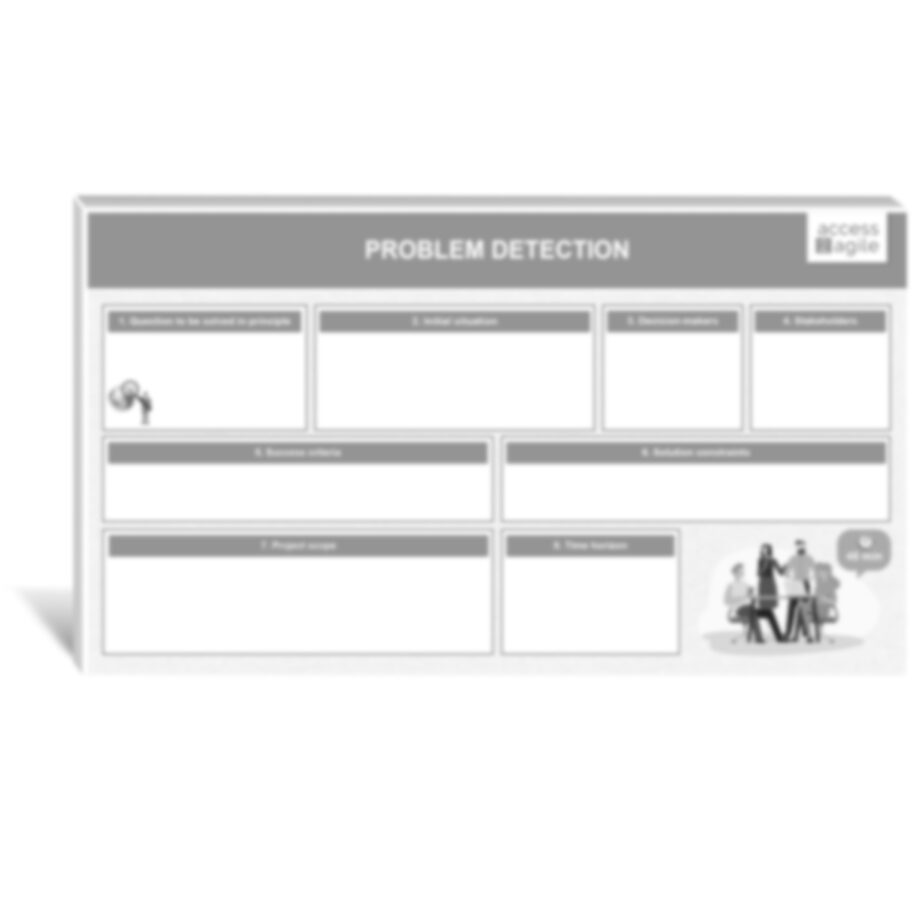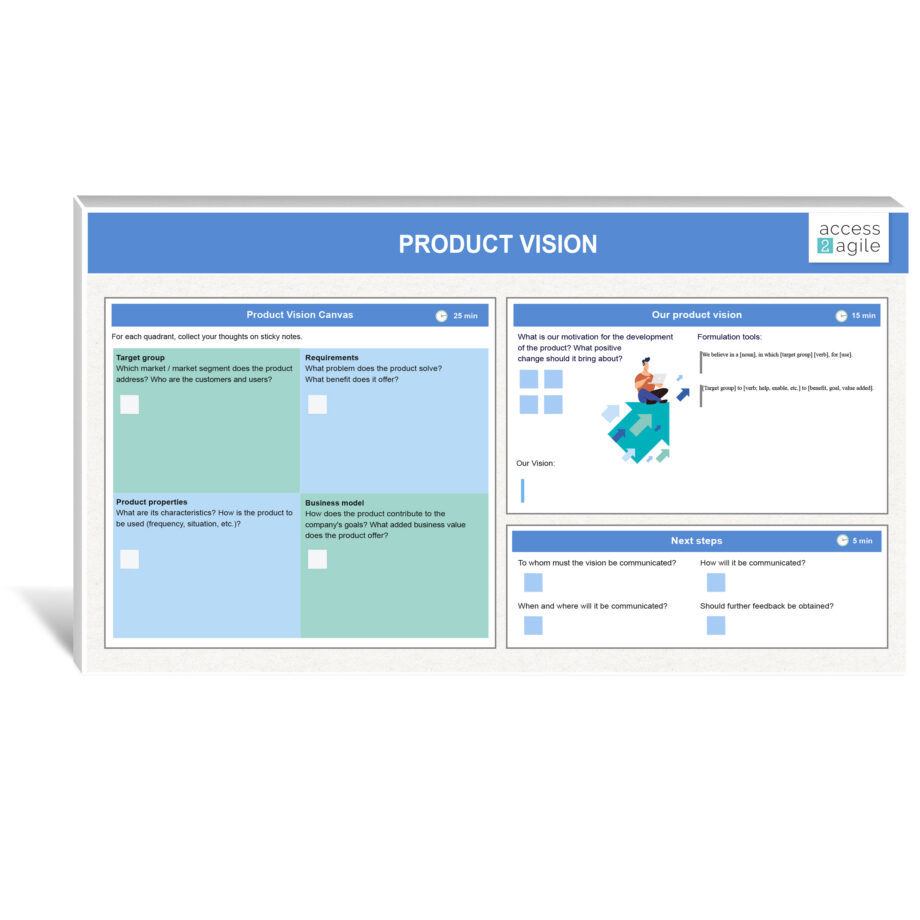A project is a time-limited, organized and targeted task or activity that aims to achieve a specific result.
It is a planned procedure in which resources such as time, money, personnel and materials are used to achieve a defined goal.

Project work is often used to achieve specific goals, manage complex tasks and implement changes. It requires a structured approach in order to plan, implement and control projects efficiently. Important aspects here include proper project management, the individual project phases that structure the process and the right communication and collaboration between the teams. Effective project work makes it possible to divide complex tasks into manageable sub-steps that are handled by a specific team. This promotes efficiency, cooperation and goal-oriented work in order to deliver project results on time and with high quality.
Possible projects could be, for example, the development of a new software product, the construction of a building, the organization of a conference or the introduction of a new business process.
- Goal orientation:
A project has a specific goal or a desired initial situation that is to be achieved. This goal can be, for example, the development of a new product, the implementation of a specific strategy or the realization of an event. - Time limit:
A project has a defined start and end date. It is limited in time and has a clearly defined duration. The time limit helps to plan the project, optimize resources and monitor the achievement of the goal. - Uniqueness:
A project is usually unique. It has a specific combination of tasks, requirements and objectives that differ from other projects. In contrast to recurring routine work, projects are one-off undertakings. - Complexity:
Projects can be complex as they often involve multiple tasks, activities and stakeholders. They require careful planning, coordination and management in order to be completed successfully. - Resource limitations:
Projects usually have limited resources such as time, budget, personnel and equipment. The effective management of these resources is crucial to the success of the project. - Interdisciplinary character:
Projects often require collaboration between people from different fields and disciplines. Team members with different skills and knowledge may be required to cover the various aspects of the project. - Risk management:
Projects often involve uncertainty and risks. Unforeseen problems can arise that can affect the course of the project. Effective risk management is important in order to identify and overcome potential obstacles.
These characteristics help to distinguish projects from other continuous, repetitive or everyday tasks and require specific approaches and methods for project management.
Projects are typically divided into different phases in order to structure the project process and to plan, execute and monitor the work effectively. The exact number and names of the phases can vary depending on the project management method or approach. In general, projects can be divided into the following phases:
- Project initiation:
In this phase, the project is identified, defined and approved. Objectives, requirements, resources and stakeholders are identified. - Project planning:
In this phase, the project plan is developed. The project objectives are further refined, the scope of work is defined and the tasks, resources, schedules and budgets are planned. Risks are also identified. - Project implementation:
In this phase, the planned activities and tasks are carried out. Resources are mobilized, team members work on their respective tasks and the progress of the project is monitored. Communication and collaboration between team members and stakeholders plays an important role. - Project monitoring and control:
Throughout the course of the project, the progress of the project is monitored to ensure that it remains on schedule and meets the defined standards. Work progress, costs, quality and risks are regularly assessed and, if necessary, corrective measures are taken to correct deviations. - Project completion:
In this phase, the project is officially completed and handed over to the stakeholders. The course of the project, the results achieved and the learning points for future projects are evaluated.
These phases form a general structure to organize the project process. It is important to note that these phases are not linear and discrete, but can often overlap and include iterative loops, especially in agile project management approaches.
Goal and purpose:
- Project: A project has a clearly defined goal or a specific purpose that it is intended to achieve or fulfill. It focuses on the implementation of activities to achieve this goal.
- Product: A product, on the other hand, is the result of development work. It fulfills a specific need or provides value for users or customers and can exist independently of a project.
Time Frame:
- Projekt: Ein Projekt hat einen klar definierten Zeitrahmen. Es beginnt zu einem bestimmten Zeitpunkt und endet, wenn das Ziel erreicht ist oder die festgelegte Projektdauer abgelaufen ist.
- Produkt: Ein Produkt hat keinen festgelegten zeitlichen Rahmen. Es kann kontinuierlich weiterentwickelt oder verbessert werden, um den sich ändernden Bedürfnissen oder Marktbedingungen anzupassen.
Organizational structure:
- Project: Projects are often set up as temporary organizational structures. There is a project manager or product owner and a project team consisting of various members with different roles and responsibilities in order to achieve the project goal.
- Product: Products can be developed, manufactured or managed within an existing organizational structure. There may be a team responsible for product development, product management or sales.
Focus on results:
- Project: Projects are designed to achieve specific results or objectives. The success of a project is measured by whether or not these goals have been achieved.
- Product: Products focus on providing value or benefits to users or customers. The success of a product is measured by its quality, usability and acceptance on the market.
In summary, it can be said that projects can be used to develop or improve products, but they differ from each other in key aspects.
In order to ensure successful project management and realize the product vision, it is important to choose the right tools and methods.
Which ones are most suitable here depends on the specific requirements of the project and the skills of the team.
“With this bundle, we provide you with a selection that you can use to decide what best suits your specific project or product. The methods will help you and your team to understand problems, develop solutions and identify risks, regardless of whether you are an experienced project team or just starting your first product launch.”


